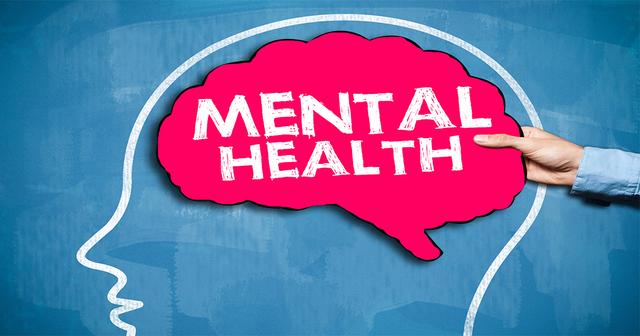Cloudy urine is a common phenomenon with various underlying reasons. Typically, fresh normal urine is clear and transparent with a light yellow color, as it consists of 96% to 97% water, with the remaining 3% to 4% being solid components, including inorganic salts, urea, and small amounts of sugars, proteins, and other metabolic byproducts. However, shortly after being voided, urine may become cloudy primarily due to the crystallization of salts or bacterial growth, especially more noticeable in warm environments.
To determine if urine is cloudy, it is necessary to differentiate between physiological and pathological states. If urine appears clear initially and later turns cloudy, it is often a normal occurrence as salt crystals in urine settle over time. However, if urine is cloudy upon voiding, it may indicate various health issues. For instance, chyluria, appearing milky white like milk, may be related to lymphatic system disorders; urine containing a high amount of white blood cells and inflammatory tissue debris tends to be cloudy and accompanied by symptoms like frequent urination, urgency, and pain, which could be signs of bacterial infection.
Persistent cloudy urine may result from: precipitation of urate salts in acidic cold urine, forming a light red precipitate that dissolves with heat or alkali; phosphates or carbonates precipitation in alkaline urine, appearing white and soluble in acid; urinary tract infections, presenting milky white urine along with pus and increased white blood cells; and the rare chyluria related to lymphatic obstruction, causing urine to be as cloudy as milk.
Healthy urine ideally appears pale yellow, clear, and free from sediment. Daily urination frequency should be around 4 to 8 times, not exceeding 2 times at night, with a daytime urine output of approximately 1500 milliliters. Deviations from these indicators may signal variations in water intake, body temperature changes, or potential health issues. Therefore, paying attention to the appearance of urine and urination habits can help detect and address potential health concerns in a timely manner.


